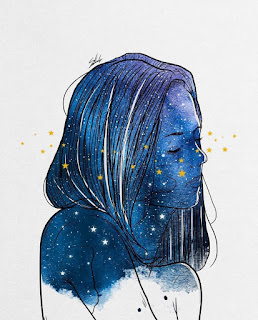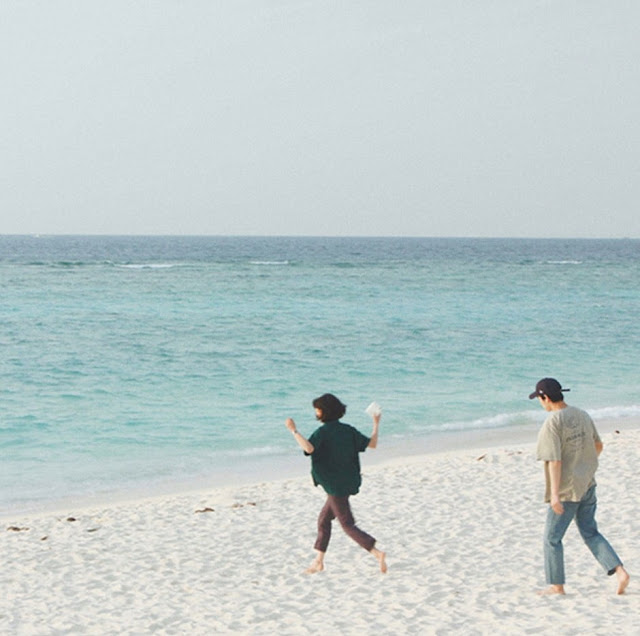HORS DE L’EAU (HORS DE L’EAU) | GOBELINS
''The art is always open to interpretations.''
Back in school days we all have witnessed the questions where we were asked what the author wished to convey or depict through the poetry or the story. Rote learners were there who often got full marks in language subjects (Hindi or English), thanks to the paraphrased answer books they had access to.
There were also students who wished to interpret something bizarre than what was already mentioned in the books, they did not score much in language subjects (let’s keep aside the grammatical errors they made for a moment), thanks to the already available traditional answers we have been piled up with.
Now, when I write poetry and stories myself and make a few people read them, they come up with several interpretations -completely different from mine. It is good to see that they yet are open to interpret things though, unlike many deadly alive grown-up souls.
This short-animated movie (https://youtu.be/E4BhEBaeQdg) is open to interpretations as well. It is more like a documentary, though (if you will read about the Japanese Macaque). But the poignant reminder you might have got after watching this, especially at a time like this. The unbridgeable gap between survivors and privileged!
‘Earth, that nourished thee, shall claim
Thy growth, to be resolv’d to earth again;
And, lost each human trace, surrend’ring up
Thine individual being, shalt thou go
To mix forever with the elements,
To be a brother to th’ insensible rock
And to the sluggish clod, which the rude swain
Turns with his share, and treads upon.’ [Thanatopsis by William Cullen Bryant]
NOTE: The Japanese macaque (Macaca fuscata), also known as the snow monkey, is a terrestrial Old-World monkey species that is native to Japan. They get their name “snow monkey” because some live in areas where snow covers the ground for months each year – no other non-human primate is more northern-living, nor lives in a colder climate. Individuals have brown-grey fur, pinkish-red faces, and short tails. Two subspecies are known.
A brief history [presented by The New York Times]: Macaques live all over Japan. But this group’s home is near Nagano, where the winter temperatures are often below freezing but the landscape is sprinkled with natural hot springs. But it wasn’t until 1963.
So, the story goes, that a monkey first joined human visitors in a hotel bathing pool. Of course, one macaque in the pool soon became many macaques, which upset the humans.
The solution: build a park and hot spring bathing pools just for the monkeys. Happy monkeys, happy humans.
Through the eyes of a macaque mother, a group of snow monkeys has to face the strict rules which govern their community.
stayconnected | ©a.aditiagrawal



Comments
Post a Comment